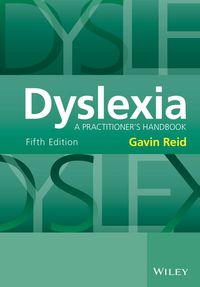Single Plantwide Rate and Activity-Based Costing Whirlpool Corporation (WHR) conducted an activity-based costing study of its Evansville, Indiana, plant in order to identify its most profitable products. Assume that we select three representative refrigerators (out of 333), one low-, one medium-, and one high-volume refrigerator. Additionally, we assume the following activity-base information for each of the three refrigerators: Three Representative Number of Machine Number of Number of Sales Number of Refrigerators Hours Setups Orders Units Refrigerator-Low Volume 24 38 Refrigerator-Medium Volume 225 88 1,500 Refrigerator-High Volume 900 120 6,000 14 160 13 9 Prior to conducting the study, the factory overhead allocation was based on a single machine hour rate. The machine hour rate was $200 per hour. After conducting the activity-based costing study, assume that three activities were used to allocate the factory overhead. The new activity rate information is assumed to be as follows: Machining Activity Setup Activity Sales Order Processing Activity $55 Activity rate $160 $240 a. Complete the following table, using the single machine our rate to determine the per-unit factory overhead for each refrigerator (Column A) and the three activity-based rates to determine the activity-based factory overhead per unit (Column B). Finally, compute the percent change in per-unit allocation from the single to activity-based rate methods (Column C). If required, round all per unit answers to the nearest cent. Round percents to one decimal place. For column C, use the minus sign to indicate a negative or decrease, Column A Column B Column Single Rate ABC Overhead Allocation Overhead Allocation Percent Change in Product Volume Class Per Unit Per Unit Allocation Low % Medium 96 rate was $200 per hour. After conducting the activity-based costing study, assume that three activities were used to allocate the factory overhead. The new activity rate information is assumed to be as follows: Machining Activity Setup Activity Sales Order Processing Activity Activity rate $160 $240 $55 a. Complete the following table, using the single machine hour rate to determine the per-unit factory overhead for each refrigerator (Column A) and the three activity-based rates to determine the activity-based factory overhead per unit (Column B). Finally, compute the percent change in per-unit allocation from the single to activity-based rate methods (Column C). If required, round all per unit answers to the nearest cent. Round percents to one decimal place. For column C, use the minus sign to indicate a negative or decrease. Column A Column B Column C Single Rate ABC Overhead Allocation Overhead Allocation Percent Change in Product Volume Class Per Unit Per Unit Allocation Low Medium % $ High 96 96








